The mandarin orange, which is also known as the mandarin or mandarine, is a small citrus tree with a fruit resembling other oranges, usually eaten plain or in fruit salads. Take a look below for 24 more fun and fascinating facts about the mandarin orange.
1. Reddish-orange mandarin cultivars are sometimes marketed as tangerines, but that’s not a botanical classification.
2. Mandarines are small and oblate, rather than spherical like the common oranges, which are a mandarine hybrid. The taste is considered less sour, as well as sweeter and stronger.
3. A ripe mandarine is firm to slightly soft, heavy for its size, and pebbly-skinned.
4. The peel of a mandarine is very thin, with very little bitter white mesocarp, so they’re usually easier to peel and to split into segments.
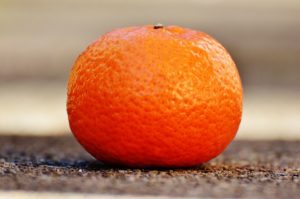
5. Mandarine trees are more drought tolerant than the fruit itself.
6. Mandarines are tender and easily damaged by cold. They’re mainly grown in tropical and subtropical areas.
7. According to molecular studies, the mandarine, the citron, the pomelo, and to a lesser extent the papedas and kumquat, were the ancestors of most other commercial citrus varieties, through breeding or natural hybridization.
8. The name “mandarin orange” is a calque of Swedish “mandarin apelsin”, “apelsin” comes from German “Apfelsine” meaning “Chinese apple.” It was first attested in the 18th century.
9. The form “mandarine” comes from the French name for the fruit.
10. The reason for the epithet “mandarin” is not clear but it may relate to the yellow color of some robes worn by mandarin dignitaries.
11. Mandarines are generally peeled and eaten fresh. The fresh fruit is also used in salads, desserts and main dishes.
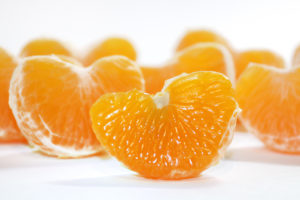
12. Mandarine peels are used fresh, whole or zested, or dried as chenpi. They’re often used as a spice for cooking, baking, drink or candy.
13. Canned mandarine segments are peeled to remove the white pith prior to canning, otherwise they turn bitter. Segments are peeled using a chemical process.
14. In traditional Chinese medicine, the dried mandarine peel is used in the regulation of ch’i, to treat abdominal distension, to enhance digestions and to reduce phlegm.
15. Mandarines have been used in Ayurveda, which is the traditional medicine of India.
16. During Chinese New Year, mandarines are considered traditional symbols of abundance and good fortune. During the two week celebration, they’re frequently displayed as decoration and presented as gifts to friends, relatives and business associates.
17. Mandarins, particularly from Japan, are a Christmas tradition in Canada, the United States and Russia.
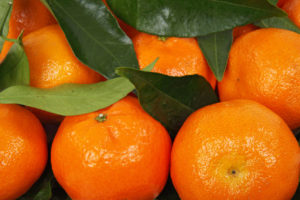
18. The delivery of the first batch of mandarines from Japan in the port of Vancouver, British Columbia, Canada is greeted with a festival that combines Santa Claus and Japanese dancers.
19. In Russia, mandarines have traditionally been supplied from Morocco and are associated with that country, even though nowadays they’re also supplied from Spain, Israel and Egypt.
20. Mandarines are one of the four core ancestral citrus taxa, and are thought to have evolved in Vietnam, south China, and Japan.
21. Pure mandarines seem to divide into two groups; an edible group, including the Nanfengmiju, and an “acidic” group, which is too sour to be edible but which is widely used as a rootstock and grown for juice.
22. Like other citrus fruits, mandarines hybridize readily with other citrus fruits. In fact, many fruits sold as mandarines are hybrids with some pummelo ancestry.
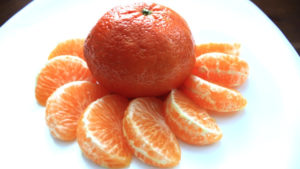
23. “Happy Oil” is the name for mandarine oil that’s paired with orange oil. It’s used mostly for aromatherapy and for its nutrients.
24. With large amounts of vitamin C and antioxidants, along with excellent pacifying and dynamic properties, mandarine oil is used in the treatment of insomnia, tension, stress, mental exhaustion and skin disorders like acne, eruptions and stretch marks.

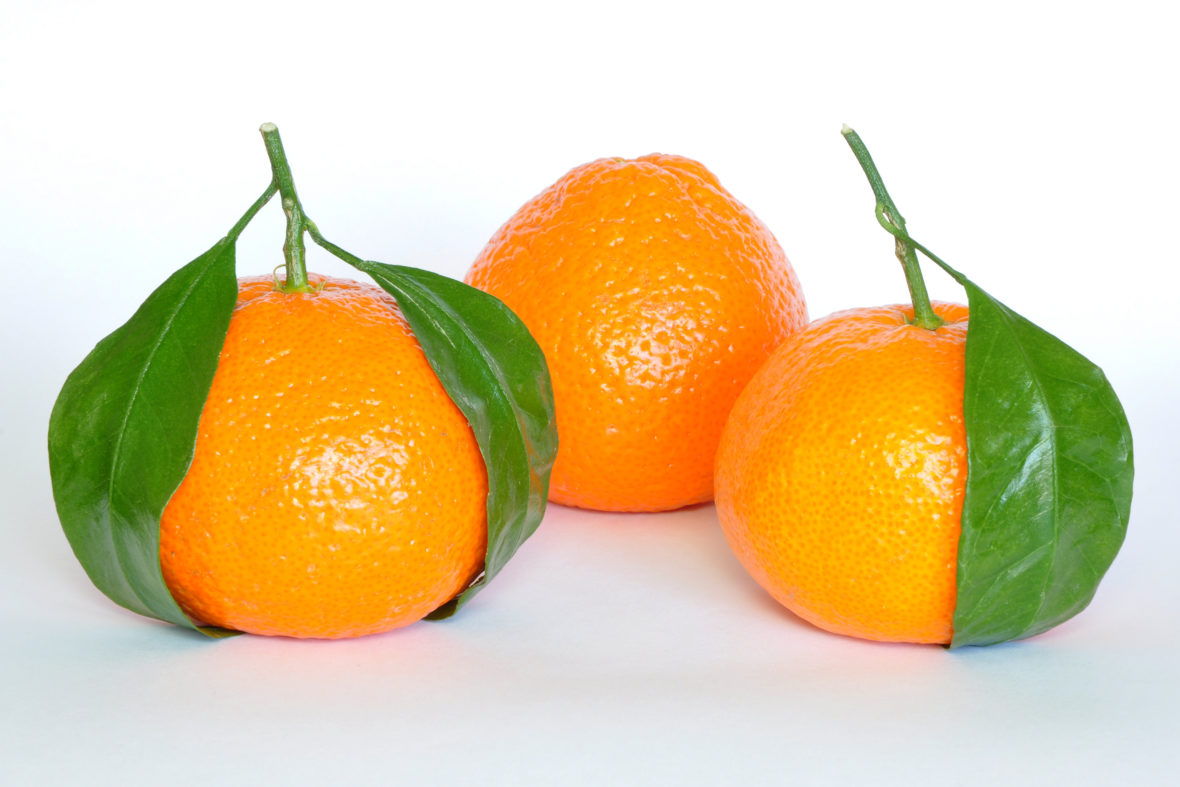



One Comment
Pingback:
March 12, 2018 at 11:55 am